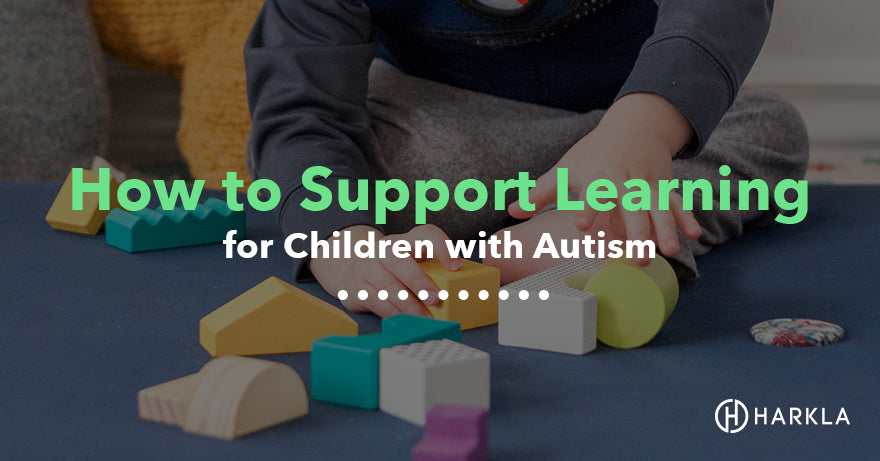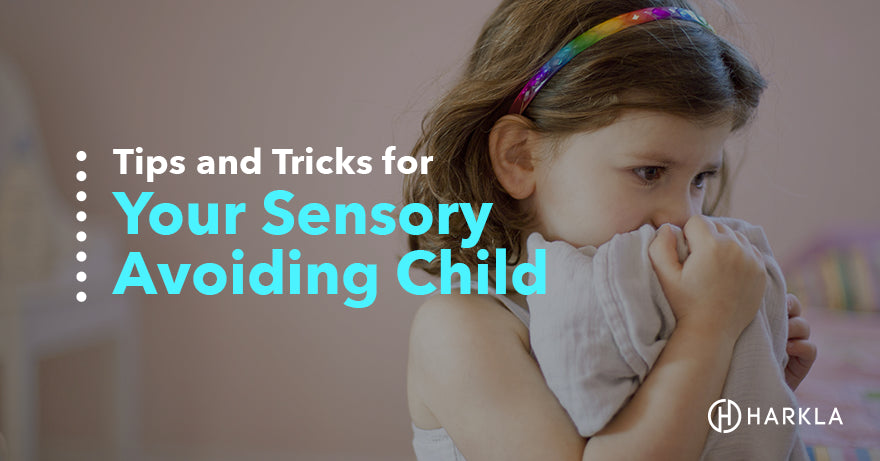Your Cart is Empty

If you are raising a child with Autism, you may be concerned about how this will affect their learning and education throughout their life. While this topic is unique to each child, since Autism does consist of a spectrum, we will take a general look at this.

It’s important, however, that you work with a specialist because your child is unique. They can have above average intelligence and be high functioning autistic, or on the other end, they may have severe learning abilities and be non-verbal.
With that caveat in mind, we’ll dive into some of the general challenges children with Autism can have and some of the ways that these can be addressed at school and home. You can also access our guide to improving autism symptoms here for free.
I would like to note that it is your child’s right to have access to “free and appropriate” education funded by the government, because of the Individuals with Disabilities Act of 1990. So while attending a special school may be what you want, you will have access to public schools for your child.
One of the main issues that children with Autism face is an impairment in social skills. Interacting with teachers and their peers can often be a point of difficulty. Children with Autism tend to struggle when it comes to picking up on other’s body language, understanding non-literal phrases (sarcasm), and understanding that others have different desires or beliefs than they do.
Along with social skills, general communication is oftentimes difficult. Expressing their feelings and listening to directions can be difficult. Reading and writing can also be something children with Autism struggle with, but could also be a place that a child on the spectrum is very strong at.
At the core of this is that children with Autism tend to struggle with what is called joint attention. This means sharing an experience through eye contact, gestures, and talking. Joint attention would be explaining to your child that they need to clean their room and realizing that they are not paying attention. You are not sharing the experience of discussing the room needing to be cleaned.
Joint attention is at the core of all learning and social interactions. Teaching someone something is just really sharing your experience with them and both are paying attention to what is being taught.
These are the general struggles that children will experience, but they will differ in severity for each child. Let’s look at how children in general learn and how this can be used to our advantage when teaching your child.
Different learning styles are something you may be familiar with. There are three main ones, which we’ll explain more of in a second. But first, a quick explanation of learning styles will help us understand why knowing this is important for your autistic child’s learning.
A learning style is a way in which a person best observes and retains information about their environment. This environment could be school, social interactions, or giving directions at home.
We all have different learning styles, and understanding your learning style can help us double down on our strengths to learn even better. Using multiple learning styles actually can improve our learning, but making sure our favorite learning style is included at all times can help maximize our learning ability.
There are three different learning styles, and they are pretty simple to grasp.
Visual - If your child loves to read, look at pictures, or if other visual media helps them remember, they have a strength in visual learning.
Auditory - Is your child able to retain information that is heard? Are they able to repeat exactly what the teacher said in class? Do they love to listen to music and podcasts? This describes an auditory learner.
Kinesthetic - This is “hands on” learning. Taking things apart and learning by doing would fall under this category.
Looking at these three styles, you may already have an idea of what style of learner your child is. If not, it’s best to observe how they interact with their environment. When they tell you something they learned and are excited about, you can ask how they learned it.
It may be obvious that a lot of learning in school only includes visual and auditory. Reading books and taking notes are the visual, while listening to lectures is the auditory. This leaves out one of the styles and can be detrimental to a child whose preferred learning style is kinesthetic!
Once you figure out your child’s preferred learning style, you can begin to engage them in the best way possible.
An easy example of this is if your child never listens to you. You tell them directions all the time, and they never follow them. Well, what if it turns out that your child is weaker in auditory learning but stronger in visual or kinesthetic?
Instead of struggling to get them to follow through, what if you had something visual to represent it? You could create a poster or cards to work as a reminder and guide.
Or if they are kinesthetic, actually putting your hands on their shoulders and calmly guiding them will meet them on their level.
Once you learn the way they best take in information, you can begin to communicate with them better before.
While you may see your child struggling to learn, it’s important to remember that this is a process of slow improvements over time. Your child may be struggling right now, but with consistent work and improving things like diet and exercise, you can begin to help your child learn easier.
We cover other topics like diet and exercise in our guide, “10 Best Ways to Improve Your Child’s Autistic Symptoms”.
So while following that guide can have a massive impact on your child’s life, let’s take a look at some of the specific things we can do to support your child while they are trying to learn either at home or school.
Having your child work with a speech pathologist can help with any communication disorders that exist. This can even work if your child is non-verbal since there are communication alternatives, such as Key Word Sign, which is a light version of sign language. Another option is the Picture Exchange Communication System (PECS), which teaches children to exchange pictures with adults to communicate.

Another tip is to use the child's name often. Wait until you have their full attention to give them instructions. Along with this, shortening instructions can help. For example, how many individual steps does cleaning your room involve? There’s picking up toys, doing laundry, making the bed, etc. Giving one simple instruction at a time can help them understand what to do. Even better, use a visual schedule to help break down steps visually and walk through each step one at a time to help establish a routine.
Using positive reinforcement is a good way to help them learn as well. This means celebrating their wins, while also avoiding using “Don’t” or “Stop”. Tell them what the positive action would look like. A quick example of this is “Stop running around” versus “Please sit down.” It changes the focus from negative to positive. Along with this idea, maybe your child is more visual or kinesthetic and modeling the correct behavior or reaction is the best way for them to understand your message.
Changing your expectations when engaging with your child is also crucial. If you know their learning style, then you have a better idea of what to expect in certain situations. You should also expect their processing time to take a little longer. You can allow more time on the given task and help them as needed.
Another good win (which I think we all could use) is to learn to say “I don’t know.” Often times, it’s embarrassing and frustrating to not know something. If your child doesn’t think that it’s ok to say “I don’t know,” then they may feel more anxious and not be able to get their message across. It can also teach them to look for additional resources when they admit they don’t know something.
Remember to try to double down on their strengths to help them learn faster and better.
One issue that can interfere in your child's learning are obsessions. They love one topic or activity so much that it takes away from them learning anything else.
Some quick tips for working with them on this is to:
I hope this article is able to help you understand some of the struggles your child with autism may face with learning, but also how to help them and support them in their learning.
Simply seeing the world from their eyes and understanding how they best express themselves and take in information can make a world of difference.
Interested in the history of Autism? You can read about that here.
Comments will be approved before showing up.

